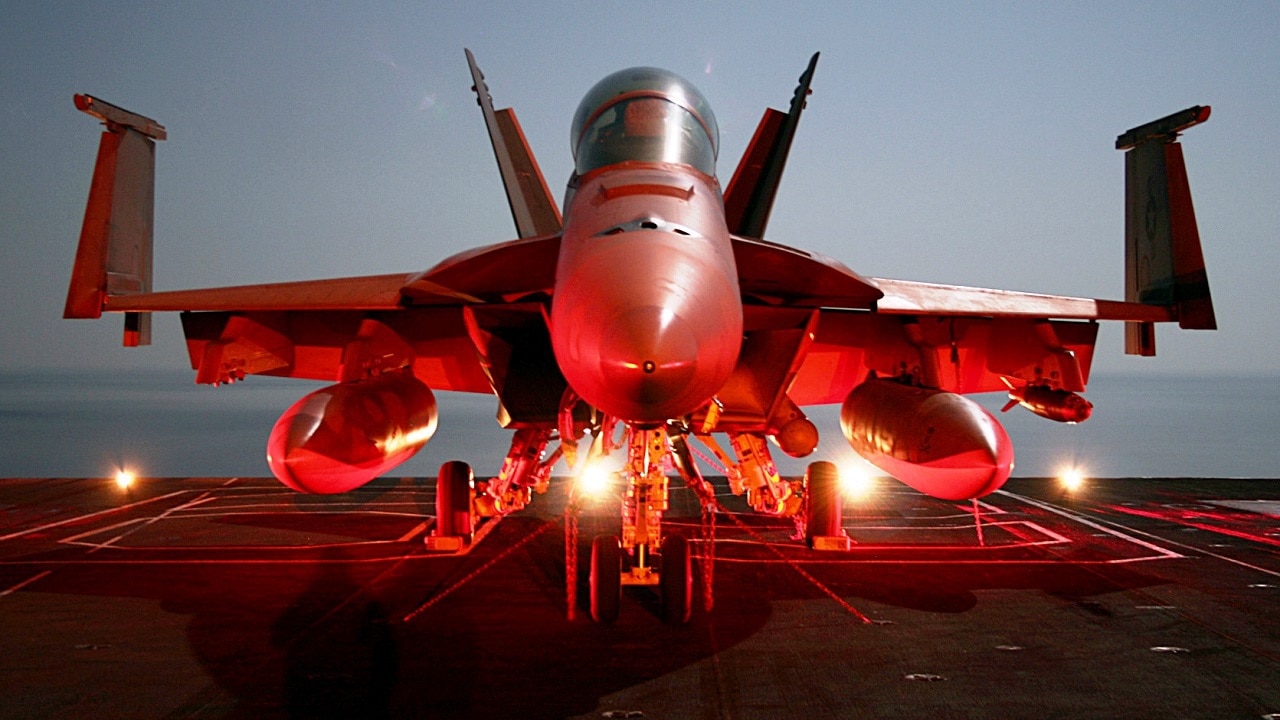Indian Navy to Begin F/A-18 Super Hornet Flight Tests – For the past two decades, the F/A-18E/F Super Hornet has served as the backbone of the United States Navy’s carrier air wing. The twin-engine multirole fighter was developed to perform virtually every mission in the tactical spectrum, including air superiority, day/night strike with precision-guided weapons, fighter escort, close air support, suppression of enemy air defenses, maritime strike, reconnaissance, forward air control, and tanker missions.
The aircraft has also been adopted by the Royal Australian Air Force (RAAF), and soon Super Hornets could be operating off the flight decks of the Indian Navy’s indigenously-built flagship aircraft carrier INS Vikrant. This month, India will begin flight trials of the Boeing-made aircraft at the shore-based test facility (SBTF) at INS Hansa in Goa.
The F/A-18 is considered to be among the frontrunners for the eventual fighter that will operate from the Vikrant, which will have an airwing that consists of 26 carrier-based multirole combat aircraft.
According to a report from the Hindustan Times, two fighters from the U.S. Navy will land in INS Hansa at the end of this week for take-offs from a 283-meter mock-up deck of India’s sole operational carrier INS Vikramaditya. The carrier, which was built for the Soviet Navy before being transferred following the dissolution of the Soviet Union from Ukraine to India, is expected to come out of its major overhaul and resume operations in June.
Boeing’s Edge
The Super Hornet could have a slight advantage as the United States currently is the largest original equipment manufacturer of military hardware in India, while the F/A-18 has interoperability with Boeing P8-I and Lockheed Martin MH-60 R anti-submarine warfare helicopters purchased by India for the Navy.
Such an acquisition would also deepen cooperation with the U.S., by far the largest operator of carrier-based fighters in the world, as well as a QUAD partner and close Indo-Pacific ally.
Selection Process
The Indian Navy is expected to buy more than two dozen carrier-based multirole fighters that will make up the airwing of INS Vikrant, with eight of these aircraft two-seaters – the F/A-18F variant – to be used both for flight training and operations. The Super Hornet has an edge in the competition as it is a proven weapon platform, armed with an internal rotary cannon with 11 hardpoints to carry air to air missiles and air to surface missiles as well as laser-guided bunker-busting bombs.
The other contender fighter aircraft for service on the INS Vikrant include the French-made Rafale Maritime strike fighter. It was already tested by the Indian Navy in January 2022 with the French offering four aircraft on lease for initial training and operational purposes. India had previously acquired 36 Rafale multi-role fighters for the Indian Air Force with two major maintenance bases in Ambala in the north and Hashimara in West Bengal.
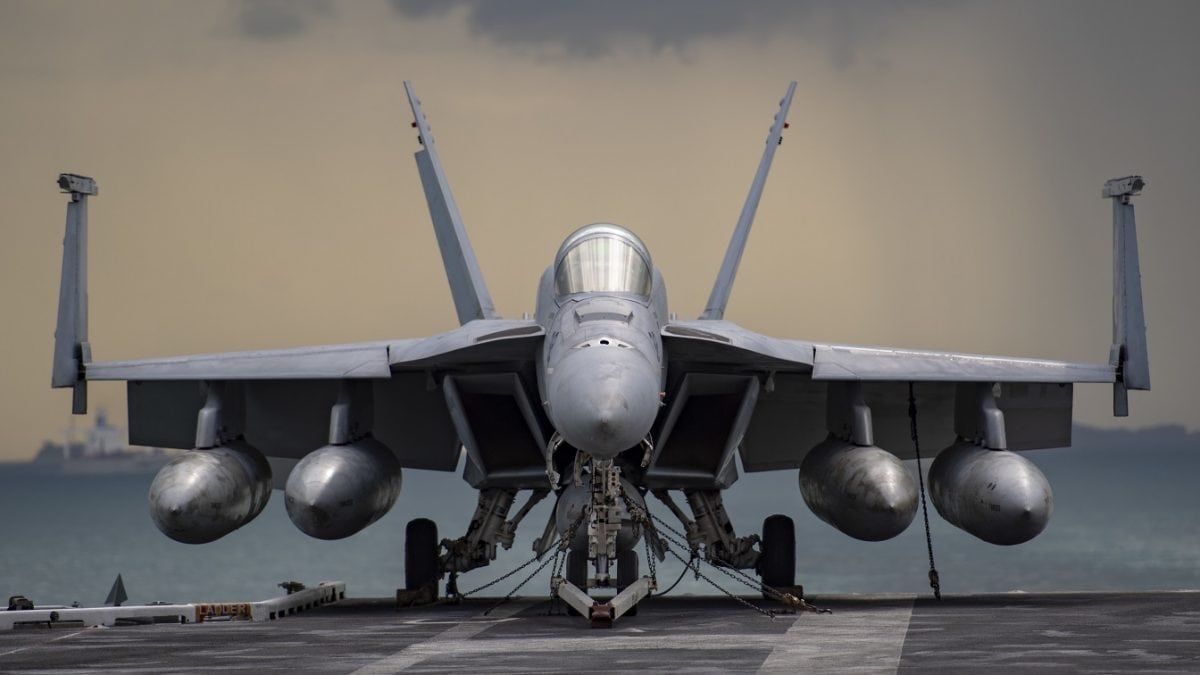
A (Feb. 5, 2021) An F/A-18E Super Hornet, from the “Kestrels” of Strike Fighter Squadron (VFA) 137, rests on the flight deck of the aircraft carrier USS Nimitz (CVN 68) during a strait transit. Nimitz is part of the Nimitz Carrier Strike Group and is deployed conducting maritime security operations and theater security cooperation efforts. (U.S. Navy photo by Mass Communication Specialist 3rd Class Elliot Schaudt/Released)
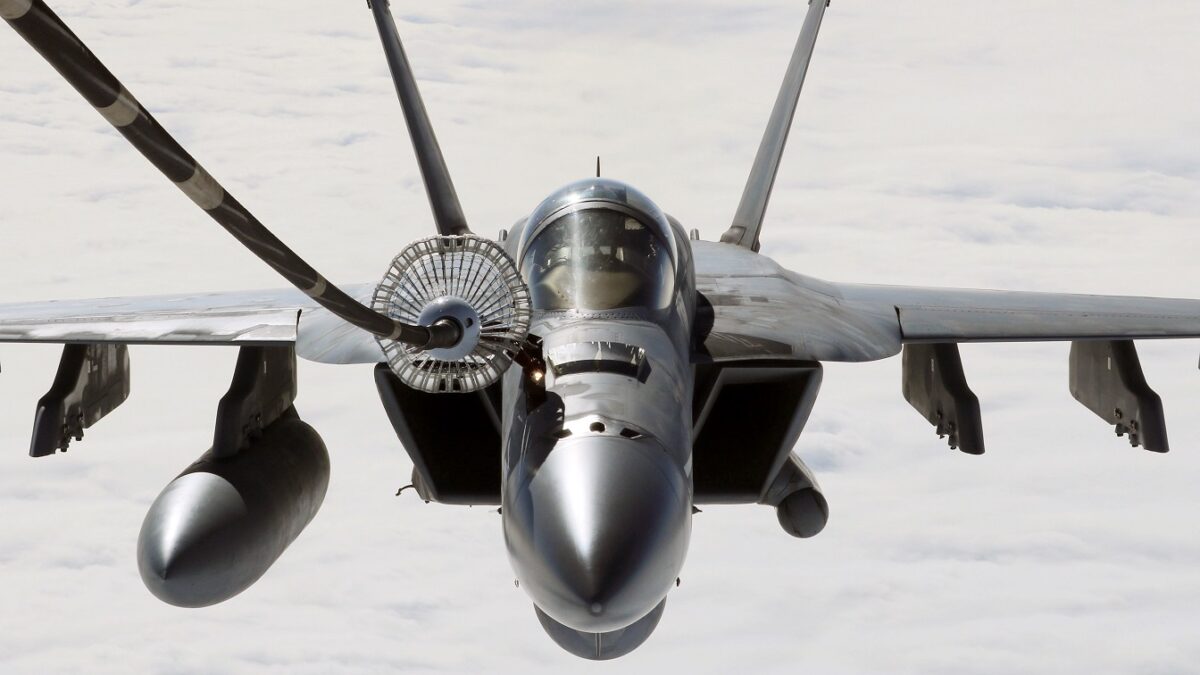
PACIFIC OCEAN (Feb. 26, 2017) An F/A-18E Super Hornet assigned to the “Eagles” of Strike Fighter Squadron (VFA) 115 conducts aerial refueling operations with a U.S. Air Force KC-10A Extender. VFA-115 is traveling from Naval Air Facility Atsugi, Japan, to Naval Air Station Fallon, Nevada, to complete the strike fighter advanced readiness program. (U.S. Navy photo by Lt. Chris Pagenkopf/Released)170226-N-CF980-006
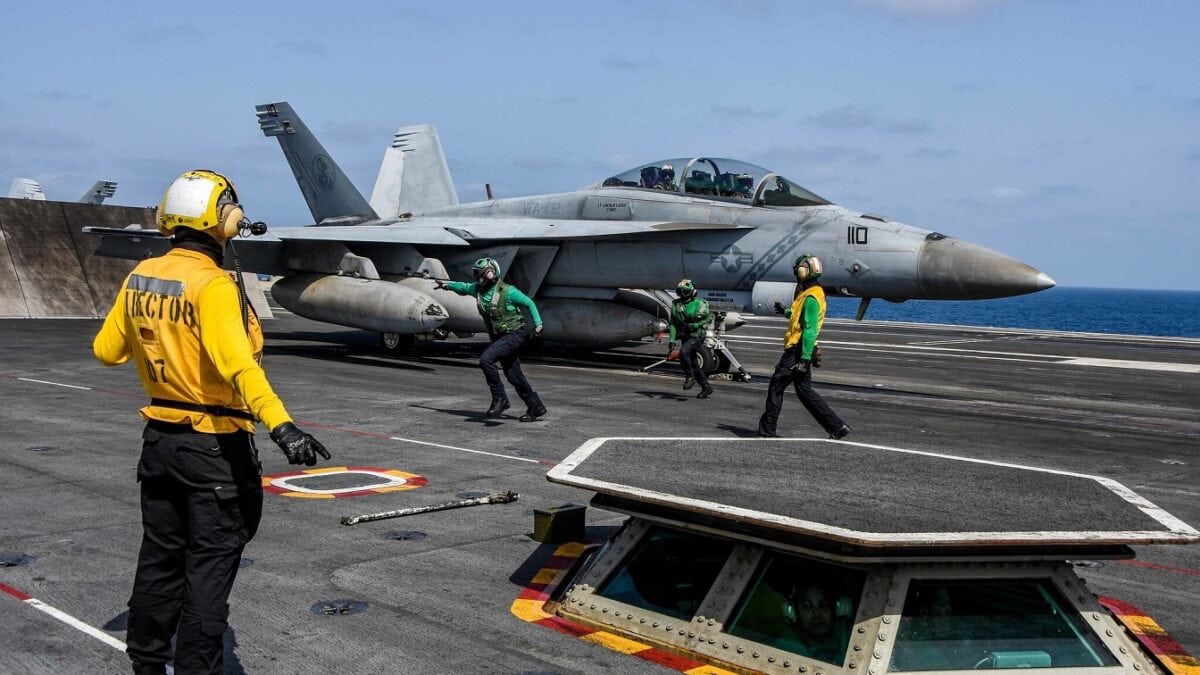
ARABIAN SEA (June 28, 2021) Sailors prepare an F/A-18F Super Hornet attached to the “Diamondbacks” of Strike Fighter Squadron (VFA) 102 for launch on the flight deck of the aircraft carrier USS Ronald Reagan (CVN 76) during flight operations in the Arabian Sea, June 28, 2021. Ronald Reagan is deployed to the U.S. 5th Fleet area of operations in support of naval operations to ensure maritime stability and security in the Central Region, connecting the Mediterranean and Pacific through the western Indian Ocean and three strategic choke points. (U.S. Navy photo by Mass Communication Specialist Seaman Oswald Felix Jr.) 210628-N-BR419-1062
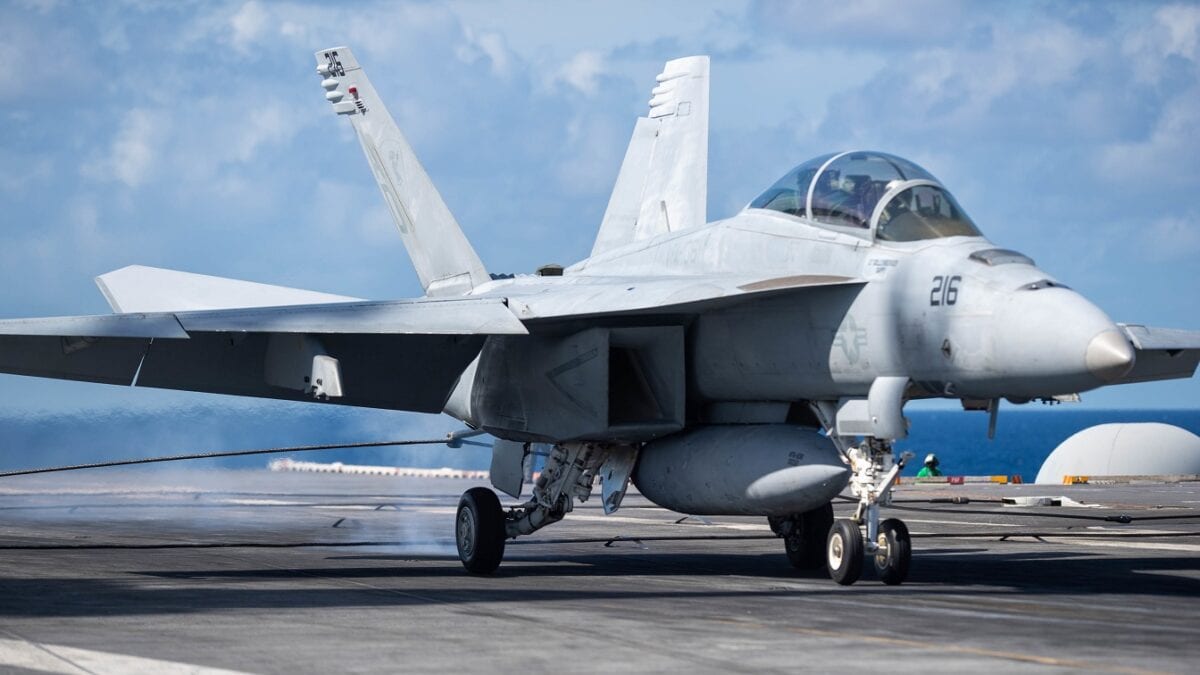
An F/A-18F Super Hornet, assigned to Strike Fighter Squadron (VFA) 106, catches an arresting gear wire while landing on the flight deck of the aircraft carrier USS John C. Stennis (CVN 74) in the Atlantic Ocean, Nov. 4, 2019. The John C. Stennis is underway conducting routine operations in support of Commander, Naval Air Force Atlantic. (U.S. Navy photo by Mass Communication Specialist 2nd Class Grant G. Grady)
Both the Boeing F/A-18 Super Hornet and Rafale-M can be deployed with either the INS Vikrant or INS Vikramaditya, as each carrier utilizes short take-off but arrested recovery (STOBAR) technology for launch and landing of aircraft from an aircraft carrier. That technology is also utilized on the current Russian and Chinese aircraft carriers.
INS Vikrant is expected to be commissioned by Prime Minister Narendra Modi on August 15, 2022, and is meant to enhance significantly the Indian Navy’s capabilities in the Indo-Pacific region.
Now a Senior Editor for 1945, Peter Suciu is a Michigan-based writer who has contributed to more than four dozen magazines, newspapers and websites. He regularly writes about military hardware, and is the author of several books on military headgear including A Gallery of Military Headdress, which is available on Amazon.com. Peter is also a Contributing Writer for Forbes.

